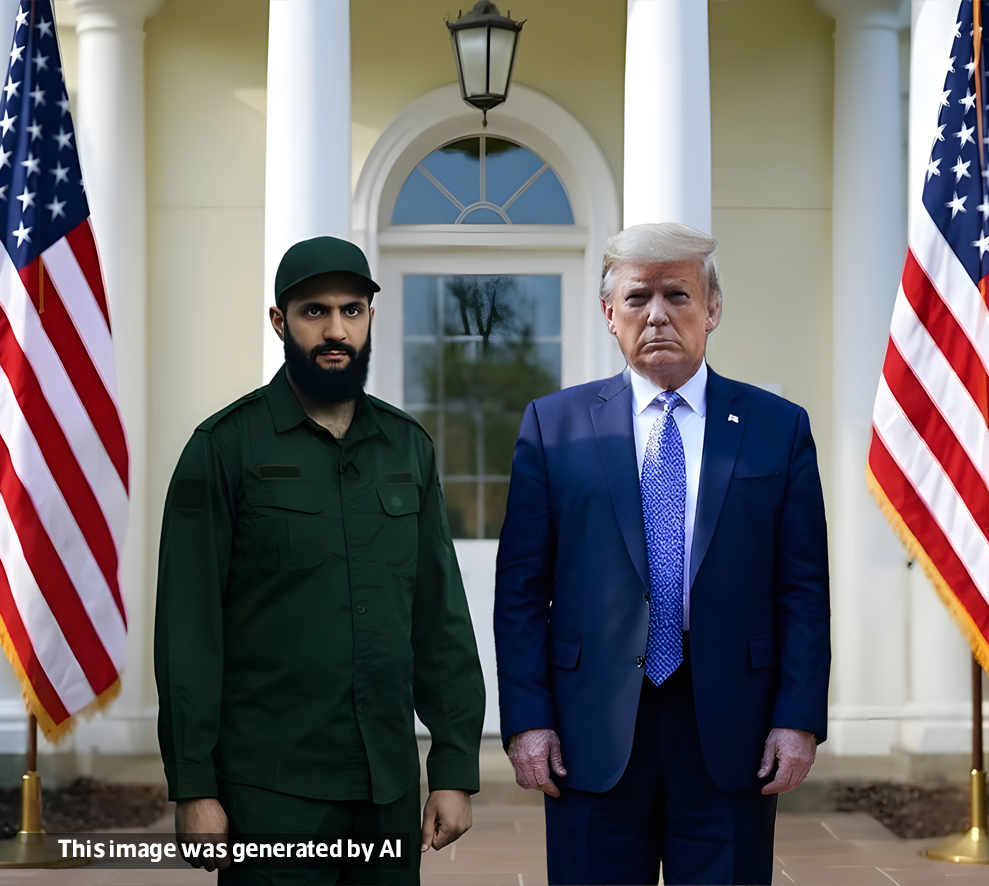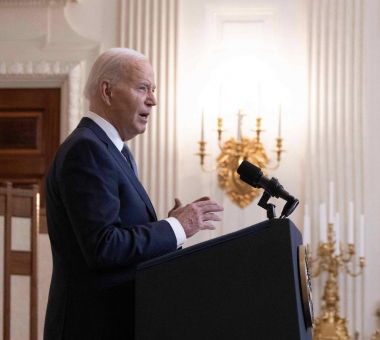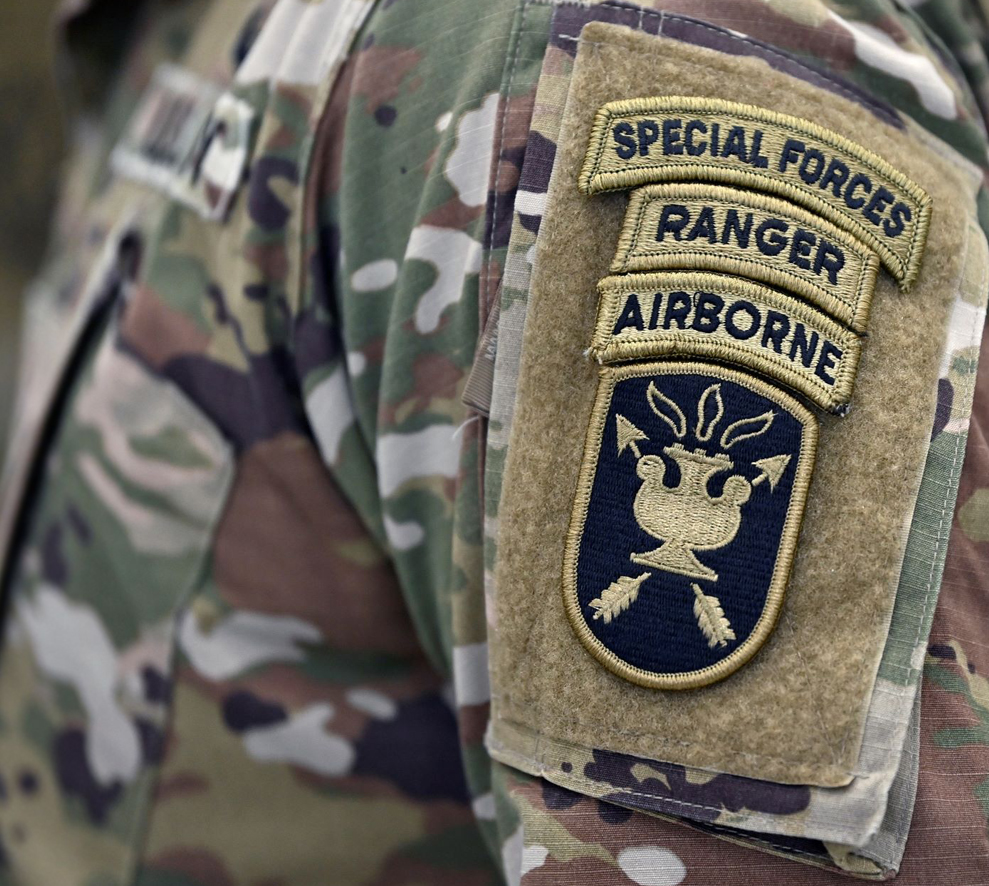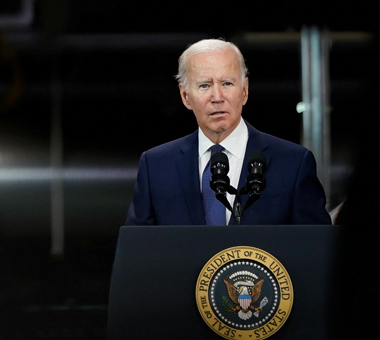The events of January 6 had a major impact on the United States and its security community in particular. A mob of supporters of former President Donald Trump stormed into the Congress in a violent attack that claimed the lives of five people and delayed the confirmation of the election of Joe Biden as US president.
Following this, there are intense debates in the United States and globally as well about why law enforcement agencies have not taken action to prevent the incident and minimize its direct and indirect repercussions despite the expansion of security equipment and arrangements in the country since 9/11, not to mention many previous warning predictions.
Accordingly, this article seeks to describe the failure to prevent the attack by reviewing the definitions of "domestic terrorism" and the most prominent groups that falls under it, besides assessing the status of the governing laws and the readiness of law enforcement agencies for such attacks.
In the light of the above, we will try to answer the following key question: Can the storming of the Congress be considered “domestic terrorism"? What legal and political reasons that hampered the ability of law enforcement agencies to stop such storming?
Theoretical definition of "domestic terrorism"
Since the outbreak of violence in the U.S. Congress, the designations of those involved in the incident have varied. There are those who call them insurgents, demagogues, Trump followers, or "local terrorists," the term which is under study now.
The term has been used primarily among lawmakers in the U.S. Congress, both by Democrats and Republicans, then president Joe Biden emphasized it in his remarks when he called the rioters in the incident "local terrorists" refusing to call them protesters.
-%D8%AC%D9%88-%D8%A8%D8%A7%D9%8A%D8%AF%D9%86-%D8%A7%D9%84%D8%A7%D8%B1%D9%87%D8%A7%D8%A8-%D8%A7%D9%84%D9%85%D8%AD%D9%84%D9%8A-1700x680.jpg)
It is noteworthy that there is no agreed-upon theoretical definition of the term "domestic terrorism” in academic circles. This report is based on the incidents in which violent means are used to achieve political ends, as stated in the procedural definition of terrorism: "the unlawful use of violence and intimidation, especially against civilians, in pursuit of political objectives." The FBI defined “domestic terrorism” as “the unlawful use, or threatened use, of force or violence by a group or individual based and operating entirely within the United States or Puerto Rico without foreign direction committed against persons or property to intimidate or coerce a government, the civilian population, or any segment thereof in furtherance of political or social objectives.”
The USA PATRIOT Act has expanded the definition of terrorism to include “domestic” as well as “international” terrorism. Domestic terrorism is defined in Section 802 as “activities that; involve acts dangerous to human life that are a violation of the criminal laws of the US or of any state; appear to be intended to intimidate or coerce a civilian population, or to influence the policy of government by intimidation or coercion.”
Experts agree that the Capitol attack may be consistent with the definition of domestic terrorism. Violating the sovereignty of Congress, resorting to violence against the police and endangering their lives as well as the lives of lawmakers, journalists and civilians, are terrorist behavior that is no different from that of a lone wolf or terrorist organization.
Jessica Stern, a research professor at Boston University and a terrorism expert, said the political targets of those who stormed into the Capitol and their attempt to convey their messages in a way that they resort to violence as a means of achieving their goals of stopping Congress from ratifying Biden’s electoral college victory make their behavior a violent act of terrorism.
Most prominent "domestic terrorism" groups
The FBI uses the term domestic extremism to refer to those fanatics of right or left ideologies that use violence as a means of achieving their goals. It is worth distinguishing between them and the more liberal and conservative currents in the Democratic and Republican parties that renounce violence.
Accordingly, the crowd that broke into Congress included a mix of right-wing extremist groups, angry GOP protesters, or peaceful supporters of Trump. It appears that 45% of Republicans support protesters who were in Congress. Therefore, not all participants of the attack can be judged as part of extremist groups or falling under domestic terrorism.
Therefore, domestic terrorism in the United States can be confined to two extremist groups, the first associated with groups advocating white supremacy, or neo-Nazis, such as Proud Boys, QAnon, Oath Keepers, Boogaloo Bois, and Patriot Prayer.
-%D8%A7%D9%84%D8%A7%D8%B1%D9%87%D8%A7%D8%A8-%D8%A7%D9%84%D9%85%D8%AD%D9%84%D9%8A-222-1700x680.jpg)
The second group includes anti-fascist or leftist groups such as Antifa which former U.S. President Donald Trump has sought to classify as terrorist.
The FBI recently realized that white supremacist-related violence is "more deadly" than that of international terrorism. A former FBI officer confirmed during a hearing in the U.S. Congress that white fanatics and right-wing extremists have carried out attacks and killed more people in the United States over the past 10 years than any foreign terrorist movement.
In 2019 alone, attacks linked to both right-wing and left-wing extremist groups have increased by 8% over previous years. According to Center for Strategic and International Studies (CSIS) data for 2020, right-wing extremists carried out 67% of the attacks and plots, using vehicles, explosives and firearms, and targeted demonstrators and individuals according to their race and color; whereas left-wing extremists carried out 20% of attacks and plots, using explosives, incendiary materials and firearms, and targeted military, police and government officials.
Between international and "domestic" terrorism
As the United States faces a threat from international terrorism, including large terrorist organizations such as al-Qaeda and ISIS, ideological radical movements, and state sponsors of terrorism, Law 1189 on classifying foreign terrorist organizations -- among other laws – has broad powers to classify any foreign entity as a terrorist, and, to put it, there are approximately 7,700 entities and persons classified as "international terrorists".
On the other hand, there is no domestic law in which any right-wing or leftist extremist groups can be classified as "domestic terrorism." Calls for their classification are often challenged by the First Amendment to the Constitution, which gives citizens the right to choose their own orientations, including joining such extremist groups.
Accordingly, individuals are not criminalized for joining such groups, but for their acts if they involve violence. Law enforcement agencies then rely on unspecialized legal regulations, such as those for violent crimes, hate crimes or organized gang crime.
For example, while the FBI classifies the Oklahoma City bombings that killed 168 people as a terrorist attack, its perpetrator, Timothy McVeigh, has not been charged with terrorism, but with other charges such as murder, using a weapon of mass destruction and destroying federal property.
On the contrary, convicting someone of international terrorism requires less crime and lower levels of evidence, according to the communications director of the Republican National Committee, Michael Ahrens. Since 2001, US courts have charged Americans with 445 counts of terrorism for their complicity in "global jihad."
Reasons for unpreparedness and unreadiness
At first glance, the U.S. security and intelligence community seemed fairly capable of countering terrorist organizations abroad and preventing attacks on U.S. land, nevertheless, as we mentioned earlier, this force has been stripped of the legal mechanisms to classify or identify domestic terrorism, thereby limiting the efficiency of banning such organizations, pursuing them and arresting their members.
The issue does not only concern legal clauses, but also procedural and operational aspects. A report published on Daily Beast in October 2018, indicated that the FBI did not place far-right groups of white supremacy at the top of its counterterrorism list. Common practices in homeland security focus on the greatest threats, rather than on increased attacks by white extremists, according to former Under Secretary of Department of Homeland Security, John Cohen.
This may make it clear that the security community is not prepared to deal with the attacks on the Congress, even though they were expected. A January 2021 report on NBC NEWS found that online forums involving far-right activists had been plagued by threats of violence as Congress ratified the electoral college's results.
However, the preparations and reinforcements of the U.S. security forces after 9/11 did not work in front of the angry crowds, particularly those reinforcements responsible for protecting the US Congress, the budget of which cost more than $460 million and had about 2,300 officers guarding an area of only 2 square miles.
This may be because they are primarily equipped to deal with major terrorist threats such as 9/11 and anthrax-laced letters mailed to members of Congress. As Foreign Policy magazine puts it, they are ready to fight an old battle, and international terrorism is no longer the main threat facing the United States as it has been for years.
A domestic terrorism law
The coming days are likely to see law enforcement focus on cases of "domestic terrorism," as the threat from extremist groups becomes even more dangerous.
Despite the increase in the number of attacks, they left few deaths and were carried out on a small scale, while the congressional storming represented the biggest event not only in the United States, but also globally. It stressed the fact that the rise of the ideological extremism of the right and the left has become a growing threat and drew attention to the need to create legal frameworks and the political arena to combat it. Reports indicate that President Biden intends to prioritize a specialized law against domestic terrorism, and there is already a bipartisan bill to prevent such acts of terrorism, as well as recommendations for a White House post to oversee the battle against ideological extremists and increase funding to combat them.
At first, however, these efforts must go beyond civil rights groups while ensuring that there is no disagreement over the aforementioned first amendment of the Constitution. The most recent example is the American Civil Liberties Union's declaration of opposition to the expansion of the definition of terrorism and its affiliates, at a time when it wants to maintain criminal prosecutions of individuals who violate the law even if they do so for political purposes.
Based on the above, the United States in the coming decades will face significant security challenges, and domestic terrorism may be the most important of all. There is a marked increase in the activity of extremist groups fueled by severe political polarization, economic crises, and the long-term effects of Coved-19. At a time when the threat from international terrorism is diminishing, the Biden administration will have to focus on combating, identifying and classifying domestic terrorism and dispelling domestic factors - a task that is, to say the least, “very difficult and complex.”
Keep in touch
In-depth analyses delivered weekly.

Related Analyses:











